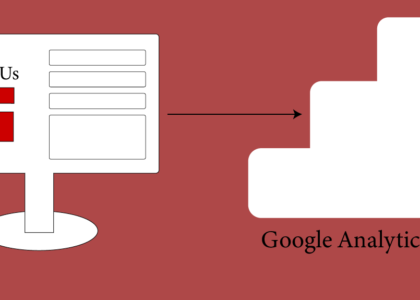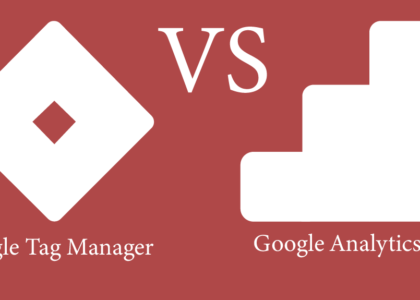Knowing how to run a successful email campaign is an invaluable piece of knowledge for any marketing team. According to Lifewire, over 293 billion emails are sent every day with that number expected to increase. Despite those massive numbers, the average click through rate (CTR) is only 3.1%, meaning there’s a lot of competition for your audience’s attention.
By the end of this guide, you’ll know the key steps to how to run a successful email campaign so you can get more engagement, leads and sales.
Step 1. Develop and Understand Your Goals
Different people have different opinions on what the first step should be. We strongly feel that unless you know what you want to achieve, all your efforts will be for naught. So with that said, what do you want to achieve with your email marketing campaigns? Some examples are:
- Welcoming new subscribers with a welcome series to tell them more about what their subscription will give them and help build the relationship.
- Boosting engagement by sharing blog posts, sales, webinars, etc.
- Engaging exisiting subscribers by providing them with something they’ll value
- Re-engaging subscribers who haven’t been recently active on your site
There are scores of other goals you can have based on your conversion targets and business. Contact us to discuss your specific needs and we can discuss a plan with you!
Step 2. Understand Email Types
Like you may have guessed, there are different types of emails that you can send. Much like the order of these steps, people have different opinions on how to group emails, but here are some key ones.
You have relational emails which is meant to provide subscribers with a sense that they’re getting what they were promised. Things like a regular newsletter, free gifts, blog updates and other information that can be beneficial.
Then there are promotional emails which everyone should be familiar with. These are meant to tell a subscriber about a sale, new offers and are self-promotional.
Finally, there are transactional emails which can include a welcome series for new subscribers, confirmation emails of a purchase or if a subscriber updates their information.
Now that you know your goals and email types, it’s time to understand what audience you want to target.
Step 3. Know Your Audience
We’re going to assume you haven’t been running email campaigns yet and so knowing your audience is going to be a bit difficult. However, there are some methods and tools out there that can help you make an educated guess.
You can gather data from Google Analytics and Search Console to see what kind of traffic is engaging with your website as well as Facebook Insights to understand similar demographics if you have a Facebook presence. From there you have the stepping stones to understand who actually engages with your content and whether or not they line up with who you’re trying to target.
As your email marketing begins to expand and you gain more subscribers, you’ll be able to build a bigger and clearer understanding of who you should be targeting with your email campaigns.
Step 4. Build your Targeted Email List
Now is the time where you’ll start actually putting a list together of who you are going to send your emails to. Assuming you don’t already have a list together, or it’s very small, one of the best ways to to build a targeted list is to convert your website visitors into subscribers. This can be achieved in a number of ways:
- Contact Forms are the most obvious choice. Get a visitor to email you with a question or interest in your product and you instantly have a name and email on file. Maybe even a phone number and location.
- Newsletter Signups work great too, but only if you have something of value to offer your subscribers.
- Lightboxes that appear on your site convert visitors very well, especially if you offer an incentive for signing up.
Step 5. Plan Your Emails and Followups
Once you’ve completed the previous steps, you’ll want to know the content you’ll send, how frequently, the type of email (as mentioned in step 2) and what kind of conversion you want to see from your audience.
Emails can be a delicate balancing act. If you send too often with irrelevant content, you’ll most likely end up in their spam folder, or lose a subscriber. Make sure that you follow through with your promises that your subscribers expect from you too.
As you gain experience in email marketing you can begin to send followups to non-responders. A lot of email platforms track who has opened your emails and clicked on relevant links. Using this feature, you can resend an email reminding people about a deal expiring soon or whether they didn’t convert on your website.
Step 6. Test & Test, Track & Track. Then do it again
Sending emails is really the “first” step in a much larger picture of email marketing. To really create strong, successful campaigns, you need to collect data to make constant improvements to your emails.
This can be tedious, but worth the effort. You’ll need to test everything from design and layout, the copy you write, subject lines, call to actions and which audience gets what email. You’ll also want to look at your open and click rates as well as unsubscribes from your email service. This is really the best way to find out what’s working and what’s not.
As we mentioned above, lots of people have different ideas about how to run a successful email campaign, but the basic building blocks are the same.
Good luck and happy emails!





